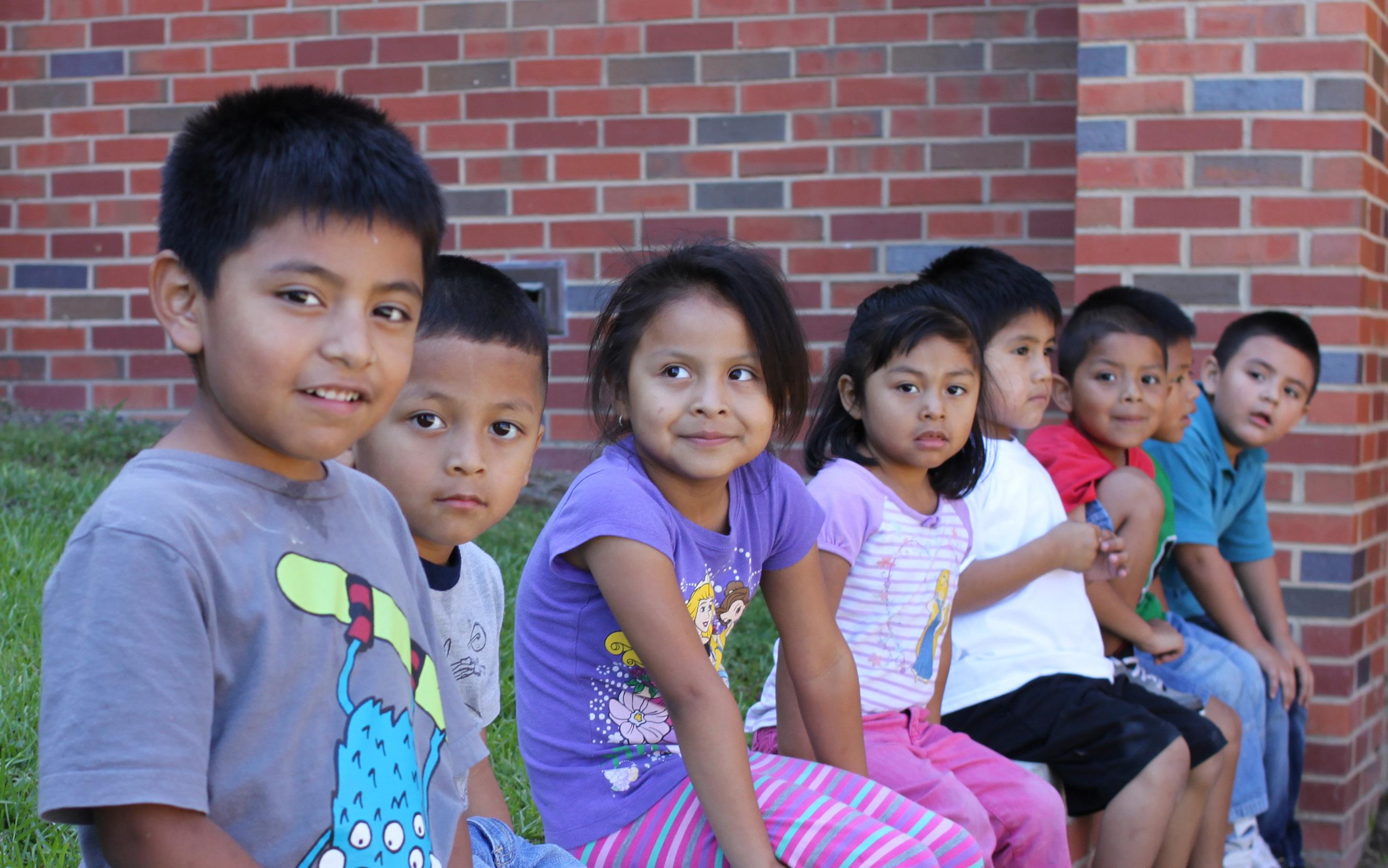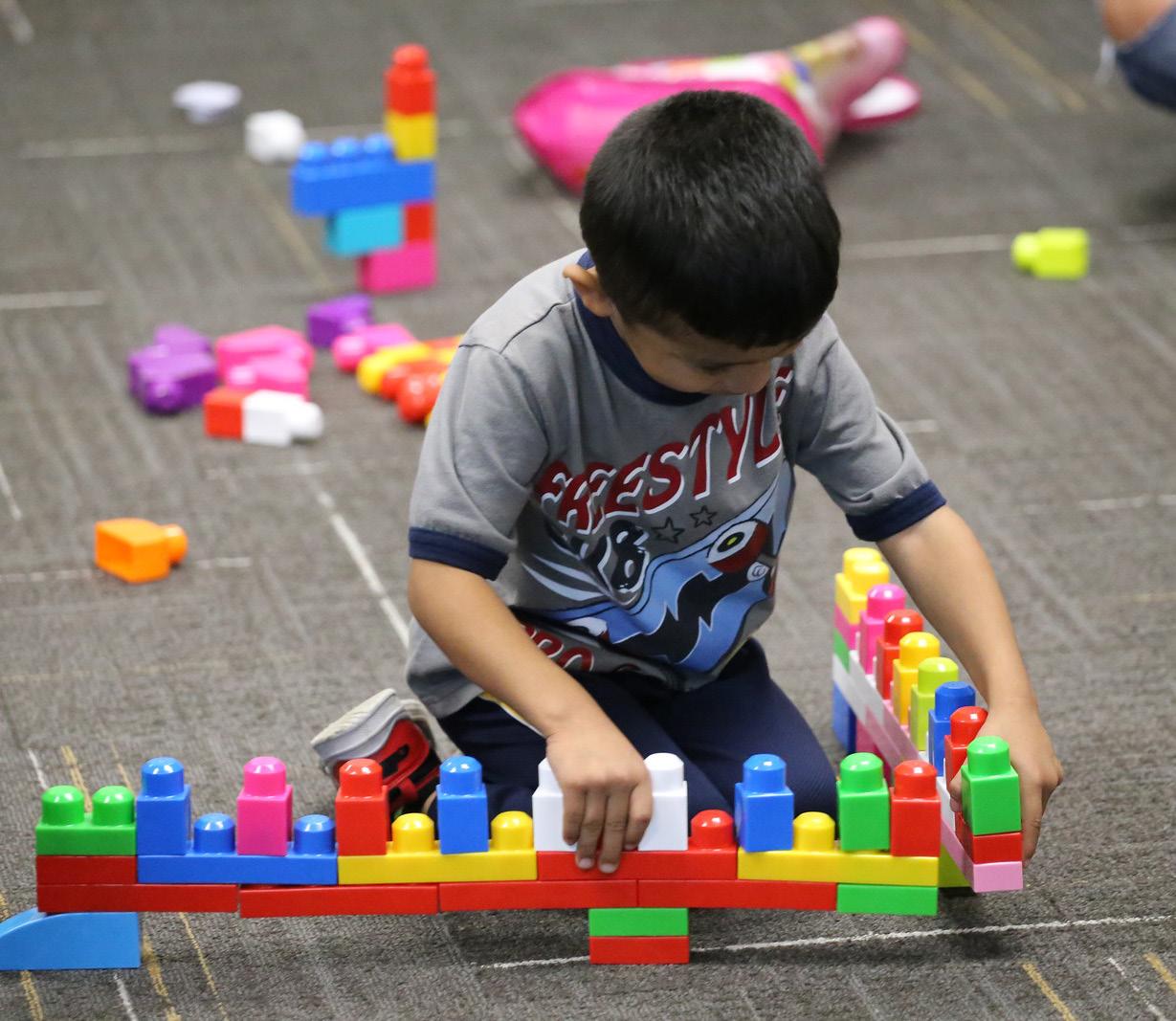
6 minute read
MAKING A DIFFERENCE: MIGRANT EDUCATION IN FLORIDA’S PANHANDLE
By Josh Duke
Nelson Mandela once said, “Education is the most powerful weapon which you can use to change the world.” The transformational power of education can change the trajectory of not just an individual, but an entire group of people. With knowledge comes self-empowerment and the potential for social mobility. That’s one of the reasons why so much focus is put on not just educational quality, but also educational equity and access.
The Florida State University College of Education understands the vital importance of education and conveys that belief to our students. Faculty members, students and alumni further that philosophy by working with underserved and historically at-risk populations. One of these particular groups is migratory farmworker families identified as eligible for the migrant education program.
Despite being an integral part of the American workforce, migratory farmworker families face an uphill challenge when it comes to escaping a cycle of poverty. In terms of education outcomes, migrant farmworker families— particularly the children—have some of the worst graduation rates. In fact, only 1 in 10 children of migrant families will graduate from high school. This lack of education only perpetuates the lack of upward mobility and difficulty escaping poverty.
Because of these conditions and poor success rates, individuals at the College of Education have partnered with the Panhandle Area Educational Consortium (PAEC) Migrant Education Program to address the educational needs of migrant workers and their families. PAEC’s Migrant Education Program aims to break the cycle of poverty by providing literacy programs and connecting migrant families with support programs to improve their well-being, particularly the well-being of migrant children.
MAKING A DIFFERENCE WITH PAEC
PAEC has been around since 1967, when nine school districts in the Florida panhandle created the region’s first educational non-profit service agency. The consortium seeks to provide vital services to underserved populations, at-risk students, and improve outcomes of all students. Because PAEC’s board includes superintendents from partner districts, the organization benefits a wide range of individuals in the region. Over the years, its member districts grew to 13, as well as including the Florida A&M University Developmental Research School.
Currently, PAEC focuses its efforts on providing a number of services, including the Migrant Education Program. Other services include instructional technology, distance learning, curriculum support services and much more.
Students in the FSU College of Education have taken a particular interest in the Migrant Education Program, which provides much more than just education to migrant families. On top of a safe environment in which to learn, the program also offers health services, social services, nutritious food, transportation and early intervention
services. Participants gain access to basic yet important healthcare through agency referrals, including immunizations, health screenings, dental care and more.
For the past few years, the Migrant Education Program has come to the Stone Building for its annual summer camp. During this time, children of migratory farmworkers enjoy hands-on activities, crafts, reading time and educational games in a safe environment while College of Education students gain experience in working with this population. Summer learning is critical to maximizing the potential for each child in the upcoming school year.
“The opportunity to collaborate with an educational organization that serves such a specific population of learners is eye-opening for my students,” says Laura Ballard Bell, teaching faculty and ESOL coordinator in FSU’s School of Teacher Education. “They usually go in to fulfill a course requirement, but they finish out the experience having learned so much more than how to work with a nonnative speaker of English; they gain a deeper understanding of how culture impacts lives beyond clothes and food.
“Ultimately, it is through relationships and taking the time to get to know the children and what they bring to the learning process rather than simply viewing them as a student needing to be taught or filled with content that makes the experience so impactful,” says Bell.
STUDENTS MAKING AN IMPACT
Two College of Education students, Latanja Peoples (school psychology M.S./Ed.S.) and Madison Lierman (biology/FSU-Teach), started working with this summer program to help students in need. Both of these students became involved in PAEC through Laura Ballard Bell, TESOL program coordinator and teaching faculty in the College of Education.
We asked these two students to share their thoughts on PAEC, working with migrant families, and what made them interested in working with the program.
What are some of the unique challenges facing migratory farmworker families, especially in terms of education?
Madison Lierman (ML): Migrant families, specifically the students, tend to face problems with education due to gaps in their learning. This can cause the students to fall behind in their English learning and in the curriculum for schools. This is the purpose of the PAEC camp—to fill those gaps and prepare them for the next school year.
Latanja Peoples (LP): Unfortunately, the children of the migrant agricultural workforce are some of the most educationally disadvantaged children in the Panhandle from my experience working with area schools. Of course, the limited proficiencies in English (speaking, listening, reading, and writing skills) may be an additional educational
continued on next page
Making a Difference, continued
burden to these students. Area schools faced with temporary, seasonal enrollment increases confront significant challenges in addressing the migrant students’ individual educational needs. Gadsden County Public Schools faces this issue. My heart goes out to these children; they can learn. Most of these children want to learn and have a better life.

What is your favorite part of being a volunteer at PAEC?
ML: I really enjoy volunteering with these students. Even though my focus is with secondary education, I have been working with the little kids more than anyone. This has given me the chance to see so many different proficiency levels throughout the ages and introduced me to student proficiency levels who are very unlikely to be in my classroom. I am getting a rounded experience of helping all students. So far volunteering, I have really enjoyed meeting all of the kids and learning about their experiences. I love working with each student and seeing them be excited about learning.

LP: The experience has been fantastic; I cannot say that there was one favorite moment because there has been so many. What a privilege to work with the children and the caring staff (Mrs. Mathis and Mrs. Soto)! The children are well-behaved and ready to learn. As a volunteer at PAEC, the experience is teaching me a better understanding of how these students learn as well as experience teaching the students.
Who inspired you to work in education?
ML: My mother is my main inspiration behind me working in education, and she is actually a high school biology teacher as well.
What do you hope to do after you graduate from the college of education?
ML: After I graduate, I plan to become a high school biology teacher.
LP: My hope after graduation is to advocate for these students in my role as a school psychologist to enhance their social, emotional and educational quality as students.
HELPING HANDS

Students like Lierman and Peoples and faculty members like Bell work to not only improve the lives of students in our local community, but hope to improve the outcomes of all students.
“The sense of community that is carefully crafted by the program director and teachers welcomes my student volunteers in a way that allows them to build relationships with the children in the program,” says Bell.
Thanks to organizations like PAEC, students across the region can find success and hope like never before. n







